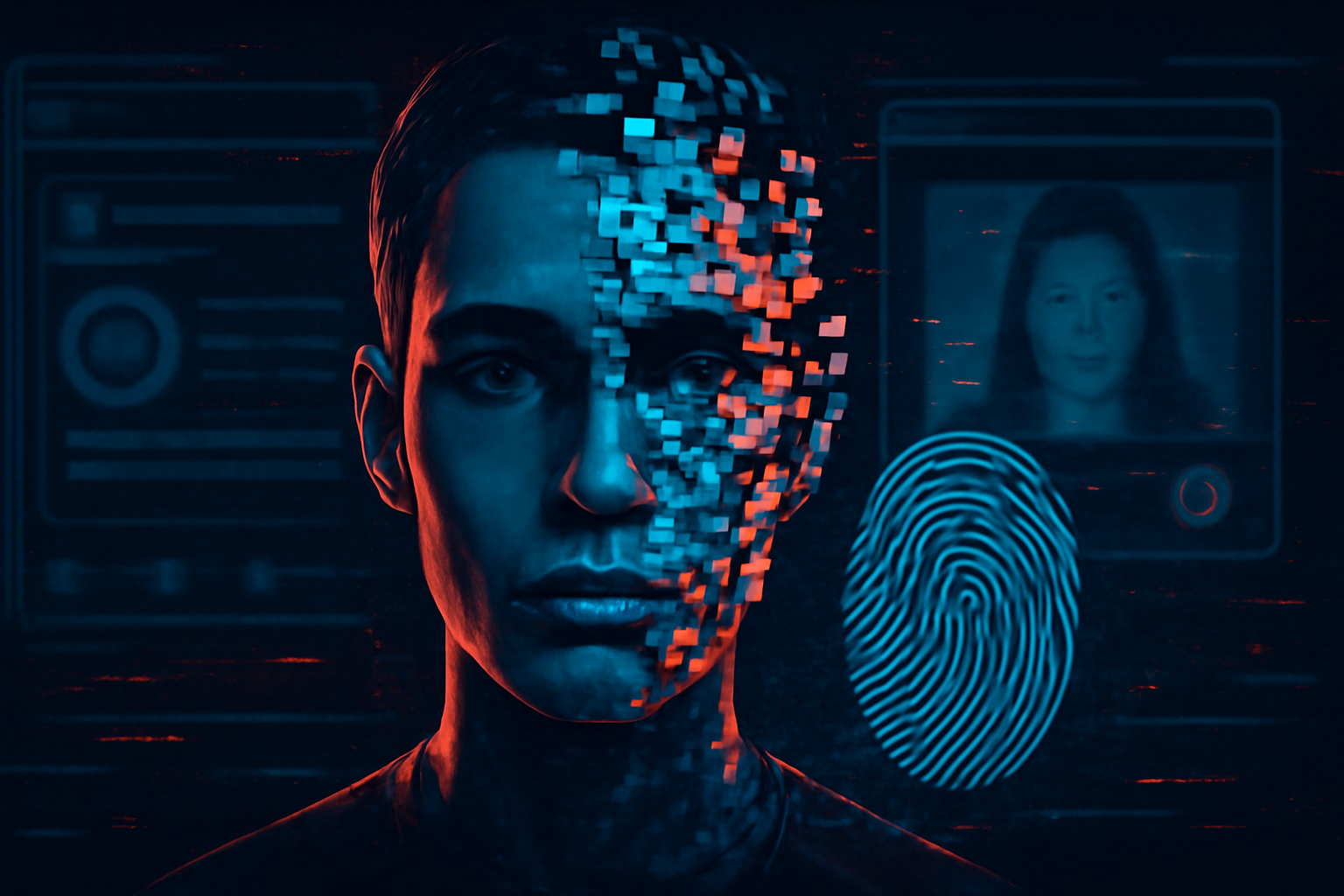Deepfakes: The Growing Threat of AI-Generated Fraud and How to Prevent It
A deepfake is a piece of synthetic media (video, audio, or image) digitally manipulated using AI to convincingly mimic reality. The term blends “deep learning” and “fake,” highlighting the neural networks behind this technology. Unlike traditional editing, deepfakes are created by training AI models on real data to fabricate hyper-realistic content, blurring the line between authentic and artificial media and raising ethical, social, and AI security concerns.
The Technology Behind Deepfakes
Deepfake scams leverage advancements in machine learning, primarily Autoencoders and Generative Adversarial Networks (GANs). Autoencoders learn efficient data representations, compressing (encoder) and reconstructing (decoder) input data. In deepfakes, this is used to manipulate facial features. GANs consist of:
- A generator: Creates realistic fake images and videos using an autoencoder.
- A discriminator: Evaluates whether outputs are real or fake. These networks train competitively, leading to increasingly convincing deepfakes.
Deepfake Threats in the Real World
While impressive technologically, deepfakes pose significant threats. Initial concerns centered on election interference (e.g., Senator Marco Rubio’s 2018 concerns), but the reality is far more financially driven. Deepfakes are now primarily used in highly-researched social engineering attacks targeting individuals and corporations.
Social engineering is the manipulation of individuals into divulging confidential information or compromising security. Deepfake audio and video amplify this deception. A key example is the early 2024 corporate fraud where a $25 million transfer resulted from a deepfake Zoom meeting.
Audio deepfakes are becoming increasingly prevalent, facilitated by tools like ElevenLabs and the RVC algorithm. These tools can produce believable audio from minimal source material, expanding the potential victim pool.
Preventing Deepfake Attacks
Since deepfakes are a core component of social engineering, prevention focuses on employee education and robust internal protocols:
- Resilient Internal Communication: Implement multi-factor authentication (MFA) for all sensitive communications (financial transactions, strategic directives).
- Comprehensive Communication Monitoring: Employ solutions monitoring the legitimacy of inbound communications across email, phone calls, and video meetings.
- Employee Training: Educate staff on deepfake technology, creation methods, and common deception tactics. Foster a culture of skepticism and verification.
- Incident Response Plan: Establish a rapid response plan outlining responsibilities for security, media, and legal teams in the event of a successful attack.
By combining technological solutions with employee awareness and a proactive approach, organizations can significantly reduce their vulnerability to deepfake-based attacks.







